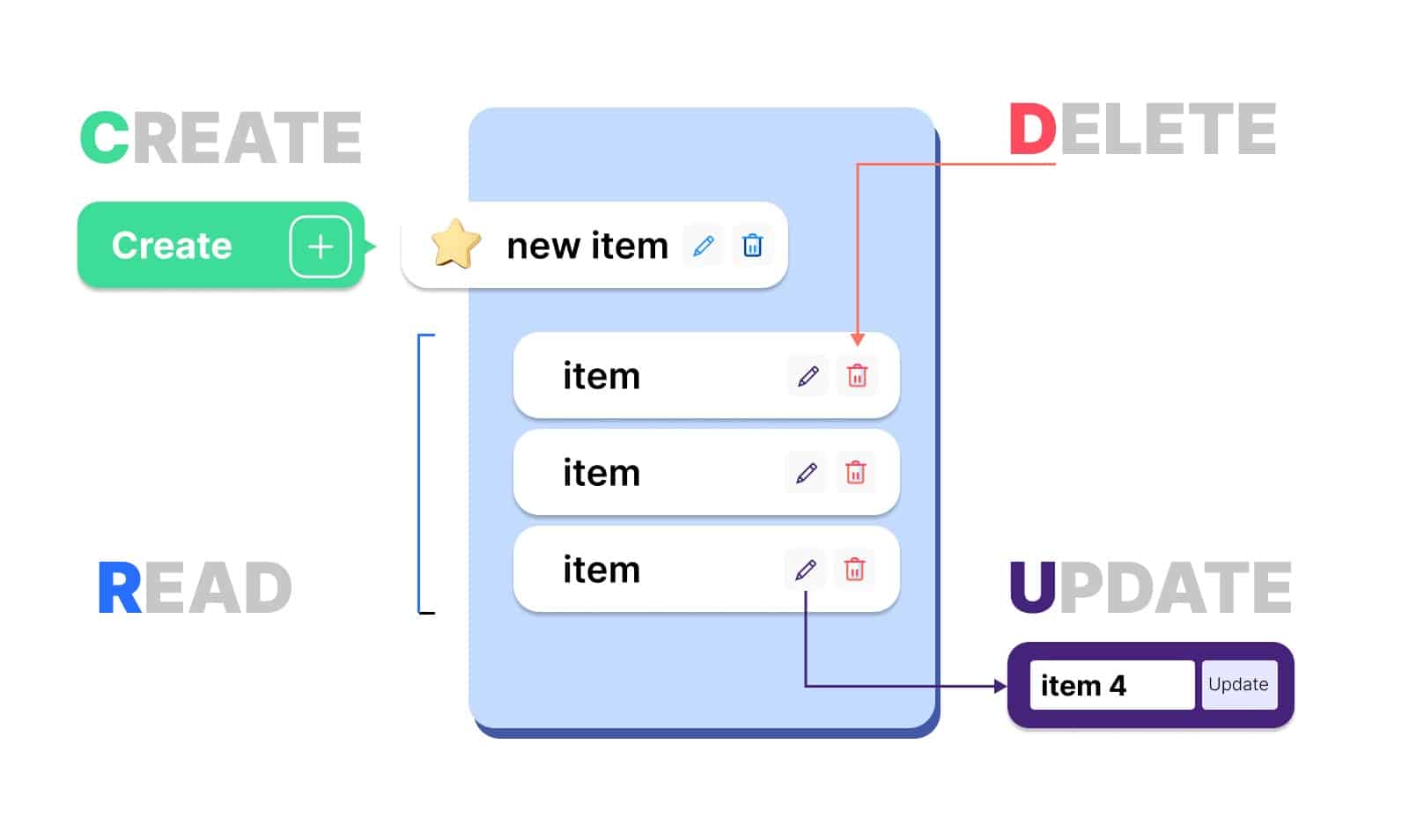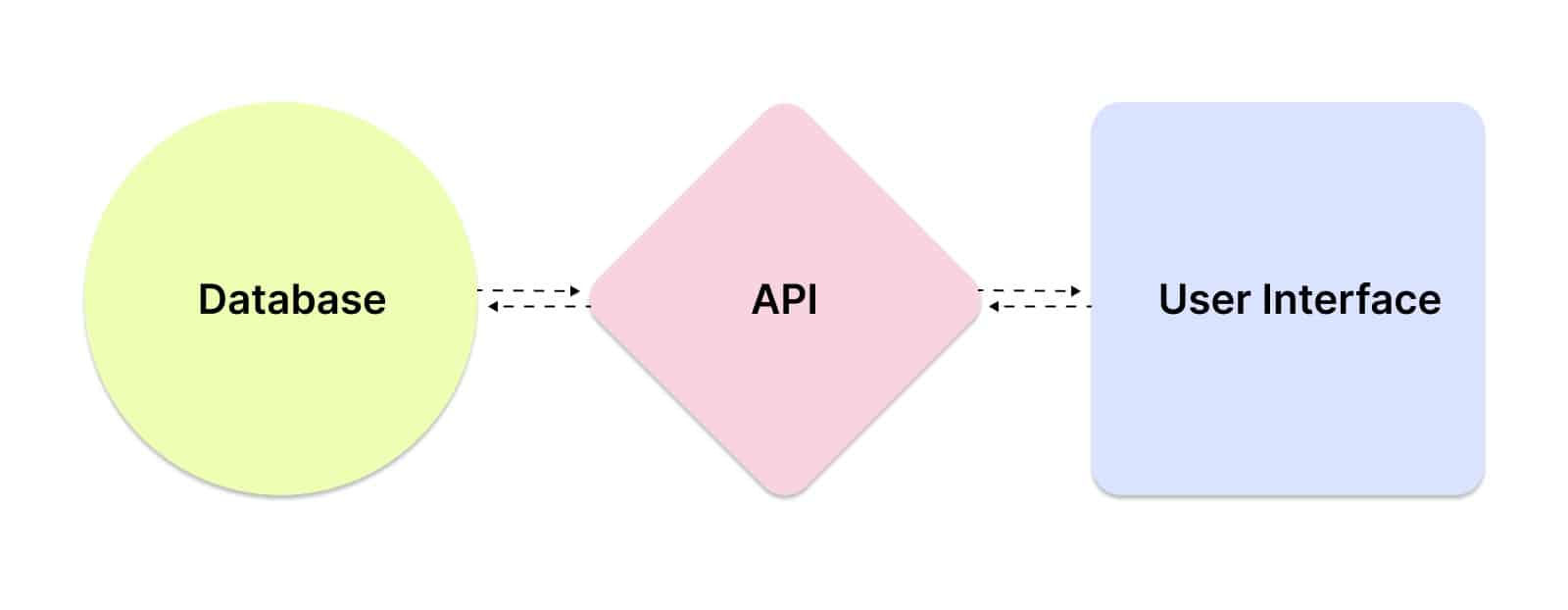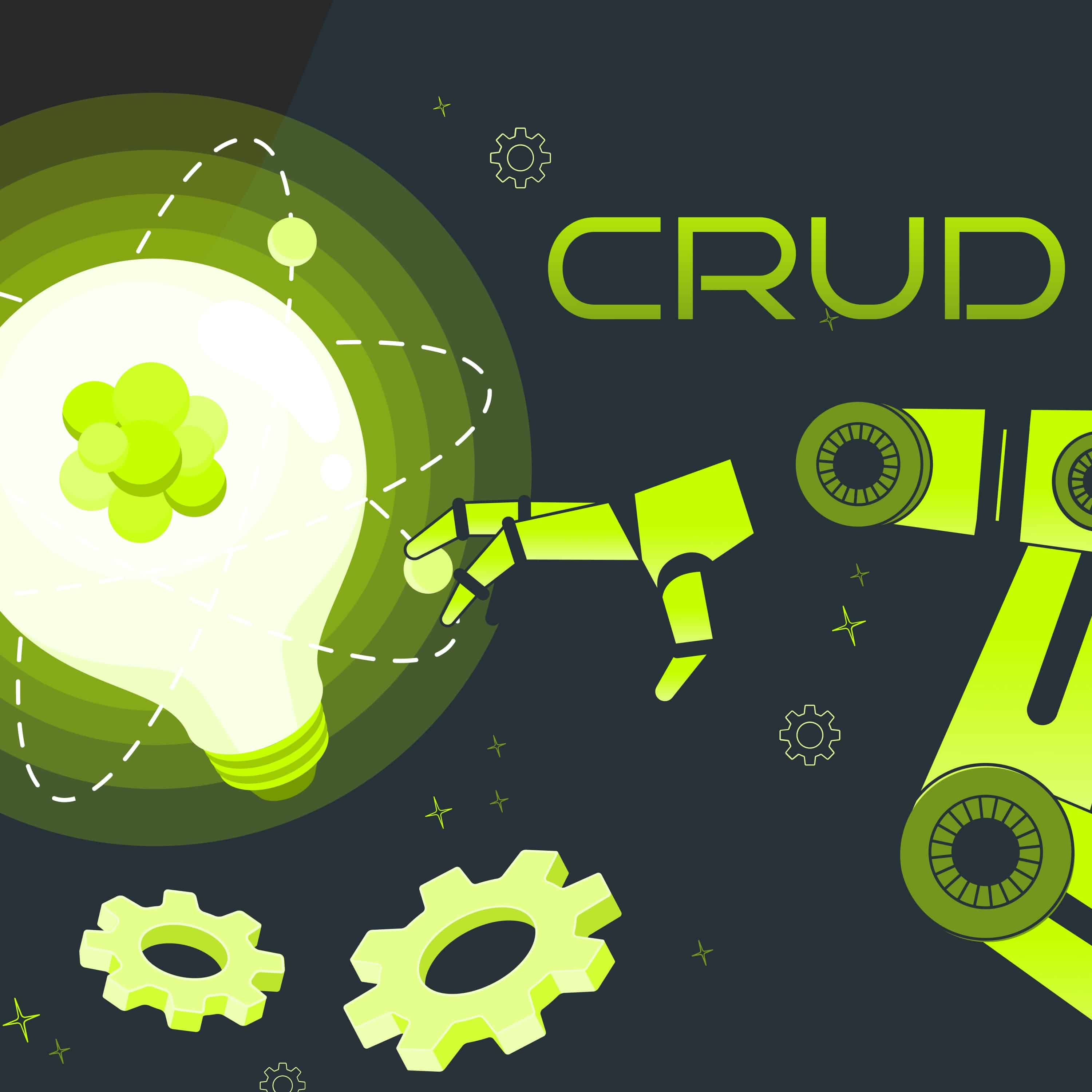The term CRUD is frequently used by developers. In our article we are going to cast light on what they mean by saying it, i.e., we will provide you with an overview of these 4 operations and examples of which applications belong to CRUD and show you the way they work.
CRUD is an abbreviation for the 4 main operations of managing the data, including create, read, update, delete/ destroy. We perform these actions while working with any type of information on any system, i.e., websites, applications and databases.
For instance, an admin of an online store can create a product card, read it, update the information in it or delete the card.

CRUD operations
Many data management systems are based on CRUD operations. Developers should take into account their peculiarities and interconnections between them.
For example, it is a no-brainer that a shop administrator should not access the delete function of a product card that has not been created yet. While designing programs it is vital to keep in mind even such blindingly obvious scenarios. Otherwise, the outcomes become highly unexpectable.
Create
Obviously, this function involves the creation of a new database record. It can be the addition of a new product page to the catalog or a user login into the system. It is impossible to perform any other operation without the «Create» one.
Read
The «Read» operation includes data extraction from the database. A good example here is the view of a product page or reading a blog article.
The access to reading can be restricted. For instance, the user needs access to their shopping cart and payment details, yet this information must be hidden from the rest of the users.
The «Read» function also encompasses the search of the data. The tools helping to find the necessary products among thousands of goods are required. These include filtering, sorting, keyword or item number search.
Update
The «Update» operation encompasses making amendments to the database. For instance, a user can update their profile, whereas an admin is capable of changing the price of a product.
It is vital to store the previously entered information properly after updates. If the user changes their name or updates their photo, the updates must not affect their password or email.
Delete
This function involves the elimination of irrelevant data. For example, the user can delete their feedback on a product, eliminate their account or clean the products from the trash.
The elimination can be either physical (i.e., without the possibility of restoring the data) or logical — the data will be hidden, but it can be restored if necessary.
CRUD Applications
A CRUD model is one of the most fundamental concepts in database management. It is widely used for designing databases, web applications, API and other information systems.
A CRUD app is any mobile or web application that allows the user to create, view, edit and delete records. It can be written in any language and perform any tasks.
| An example of a CRUD application | What can be created, read, updated or deleted |
| A task manager | Daily, week, annual tasks |
| A social network | Users' profiles and postings |
| A messenger | Messages |
| A software for booking tickets, hotels and restaurants | Reservations |
| A food delivery software | Orders |
| A bank application | Payments and transactions |
| Maps | Restaurants, stores, museums, hotels and reviews |
An example of an application that does not follow the CRUD model
A weather forecast application allows its users to view the information. The customer can’t create, update or delete the information about the weather forecast.
The 3 interacting elements are needed to create a proper CRUD application:

- The database serves to store, manage and organize the information that an application can use and process.
- API (app programming interface) is a set of methods and functions that allow applications to exchange the data. An API lets the user interface retrieve some information from the database.
- The User Interface (UI) is a part of an application with which every user can interact, i.e., the window, buttons, forms and menu. The interface helps process queries and receive the information. The UI makes an app accessible and comprehensible to the end user.
The way it works
A person fills in a form by writing in their name, data of birth and email. After pressing the «Save» button, the API receives an HTTPS query. This way the query is redirected to the database so that a new record is added. This is the mechanism of the «create» operation.
Conclusion
CRUD operations are a set of the main actions required for managing the data in various systems. «Create», «Read», «Update» and «Delete» functions form the basis for the majority of websites and mobile applications. What can improve the development and design of software, scale their reliability and ease of use is the understanding of their use and interactions.

